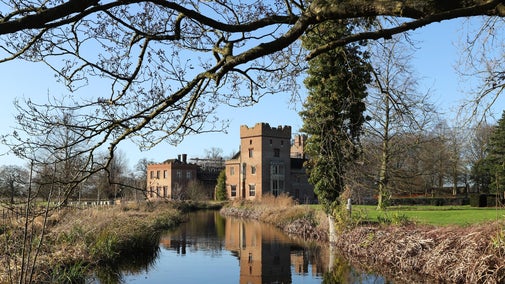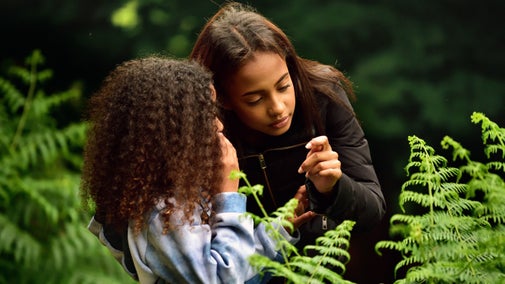Our work at Pepperbox Hill

Jump to
At Pepperbox Hill, National Trust Rangers are always working to maintain the careful balance between protecting nature and making the land accessible to visitors. We’re privileged to look after diverse habitats, helping them to host a wide range of insects and flowers, as well as the birds that feed on them.
An important landscape
We work closely with wildlife and conservation advisers, Natural England and the tenant grazier to ensure that all plans support and improve the diversity of species at Pepperbox Hill.
The area is particularly important for its high-quality chalk grassland and mixed-age scrub with a significant population of juniper, as well as regenerating yew.
This combination provides a rich mosaic of habitats and a home for a wide range of fauna, including butterflies.
Conservation grazing at Pepperbox Hill
For the last few years we’ve been working with local farmers to bring Shetland cattle to graze on Pepperbox Hill and Grimstead Down.
These rare native breed cattle have proven to be the ideal helpers, as they’re happy grazing on plants including hawthorn, blackthorn, dog rose, privet and dogwood, nettles, bramble and even some of the less desirable grasses present. Keeping these plants under control helps to protect and promote many different habitats.
While the cattle are on site, please always keep your dogs on a lead and under control.
Making a difference
To measure the impact of cattle grazing and our wider work at Pepperbox Hill the team make regular checks, and record key wildlife and plant species. By seeing how well they’re doing we can adjust plans as necessary.
Pepperbox Hill now has regenerating juniper and broadleaf helleborines – better known as orchids – are thriving in the shadier areas. On the verge you’ll also find twayblades and an occasional white helleborine.
The habitats created by this conservation system also make it the perfect home for many invertebrates. As well as the more common types of butterfly, there are dark green fritillary and green hairstreak butterflies on this site. In late summer you may even spot a silver-studded blue.

Making Pepperbox Hill enjoyable for everyone
As well as looking after the natural environment, rangers make sure that Pepperbox Hill remains open for visitors, carrying out work such as maintaining pathways, stockproofing fences and ensuring gates and stiles are safe.
The team at Pepperbox Hill also act as a main point of contact for any queries or concerns and can be contacted via email on:
You might also be interested in
Supporter groups in Wiltshire
There is one National Trust supporter group in Wiltshire where you can join to meet like-minded people, make new friends and learn more about the work of the National Trust.

Our cause
We believe that nature, beauty and history are for everyone. That’s why we’re supporting wildlife, protecting historic sites and more. Find out about our work.

People and nature thriving: Our strategy to 2035
Read about our strategy, which focuses on restoring nature, ending unequal access and inspiring more people.
